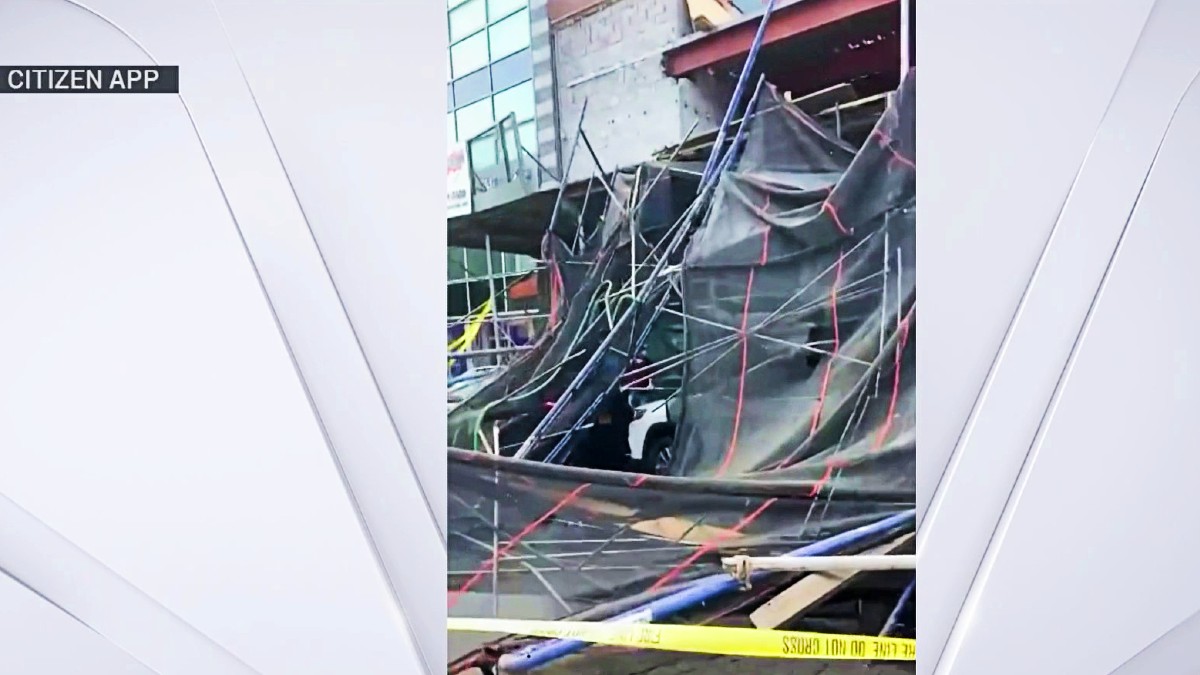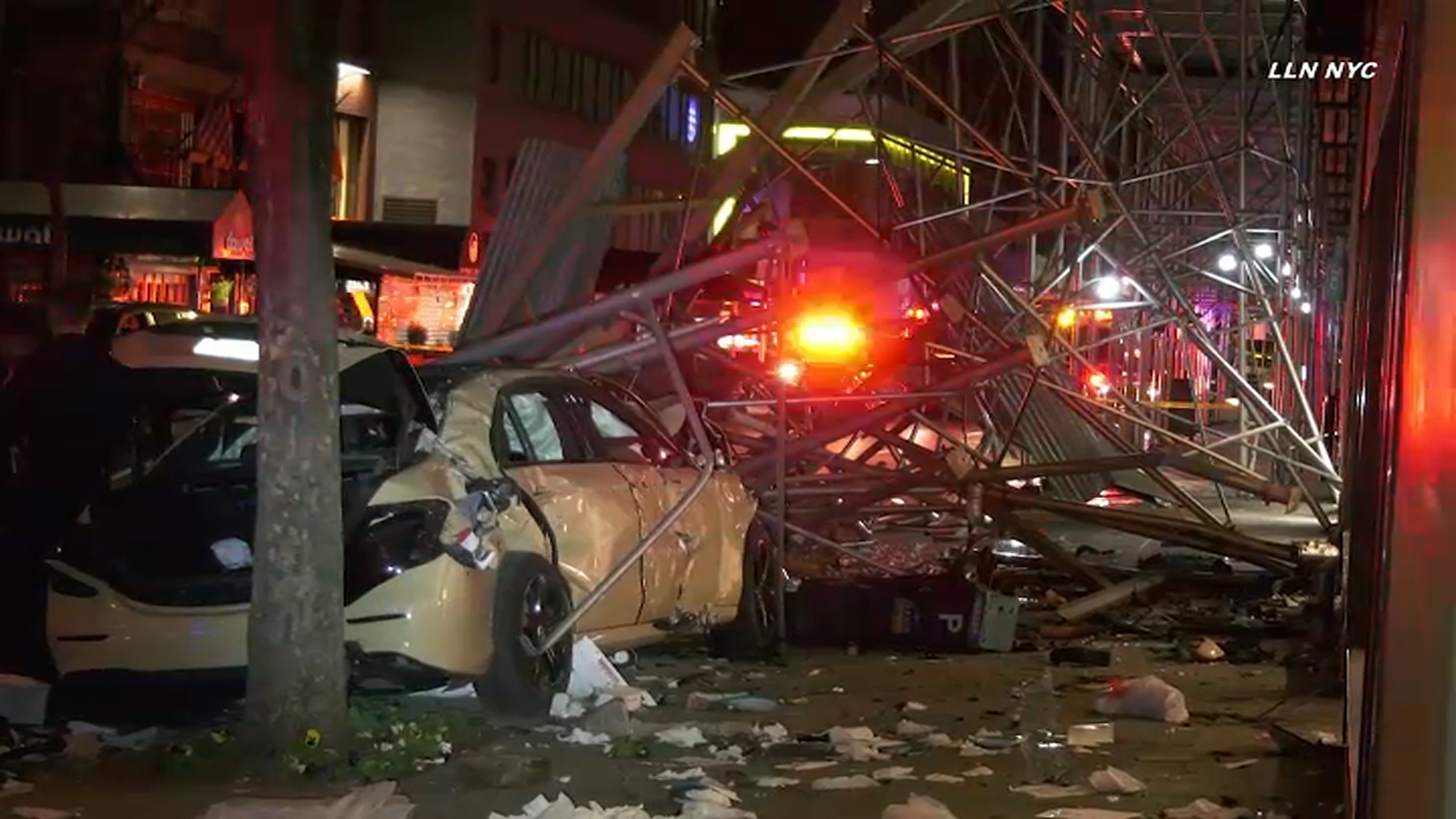Andrew Siff reporting on the proposal that could remove structures that were meant to be temporary.
Every New Yorker has seen it, or worse had to deal with living near it: scaffolding outside buildings that has been on sidewalks seemingly forever. It's been an ongoing problem for decades, but now lawmakers are trying again to bring down the sidewalk sheds.
The Bloomberg administration predicted a sidewalk shed boom to comply with local law 11, which is a safety measure designed to protect pedestrians. Problem is, that law created an unintended side effect: Many landlords kept the sidewalk sheds. It’s a cheaper option than pricy façade repairs.
By one estimate there are more than 4,000 in Manhattan alone. It’s not just landlords and businesses who have abused the system: Sometimes the landlord was the city.
Watch NBC 4 free wherever you are
“All of the sheds from city projects will be down. Literally every last one,” then-Mayor Bill de Blasio said in 2017.
Get Tri-state area news delivered to your inbox with NBC New York's News Headlines newsletter.
That didn’t quite come to fruition. But now a new generation of leaders trying again.
“The sheds don’t run this city we do,” said City Councilman Shaun Abrey, who represents Manhattan.
Council members stood on Monday with Manhattan Borough President Mark Levine, who said their new plan has the right recipe.
“We want the facade work done more quickly, because that is usually what leaves these scaffolds up,” said Levine. “It is a blight on our neighborhoods.”
Levine also said new drone technology could speed up building inspections, which would mean faster permits and quicker work. Since 2019, all scaffolding projects that have been up for at least five years are inspected regularly by the city.
Here is a breakdown of Levine’s plan to shed the sheds, which hinges on:
- Low-interest loan fund so landlords can make repairs
- Streamlined permits to get construction done
- Steeper fines for those who neglect the job

Given the past promises that didn’t deliver, it’s only natural to wonder: Why should it work this time?
“We are putting out proposals not proposed before,” Levine said.
The Adams administration says they’ve already made a dent: Sidewalk sheds are down 21 percent, totaling just over 9,000 now compared to 11,300 three years ago, according to City Hall.
An East Harlem sidewalk shed that had been up since 2003 was taken down last year, as were ones put up in 2008 and 2009. There were at least a dozen sheds taken down the past 2+ years that had been up for more than seven years.
While that might not be noticeable, the city says they’ve added enforcement. The longest-lasting sidewalk sheds will be getting extra inspections to make sure somebody has a plan to make the fix — and fix the view.
“As Mayor Adams said in his State of the City address in January, this administration is laser-focused on reclaiming valuable public space for New Yorkers, strengthening oversight of longstanding sidewalk sheds, and improving shed design requirements to keep our city’s streetscapes vibrant. We appreciate the borough president’s recommendations and look forward to reviewing his specific proposals,” a statement from the Department of Buildings read.
Some of the decline in sidewalk scaffoldings may be due to new oversight initiatives started in 2019, which were aimed at boosting façade safety while cracking down on long-standing sheds.
For those wondering, the oldest continually standing sidewalk shed currently up in the city is located at 409 Edgecomb Avenue, near 155th Street in Harlem, which was once home to Thurgood Marshall and W.E.B. DuBois. The building has had scaffolding up in front of it since April 2006, according to a NY Post report from 2019.
A source told NBC New York that the owners of the building recently pleaded guilty in a criminal court case, which was filed by the city’s DOB. As part of the guilty plea, they agreed to finish repairs at the building in 2023, so the shed can be removed.




